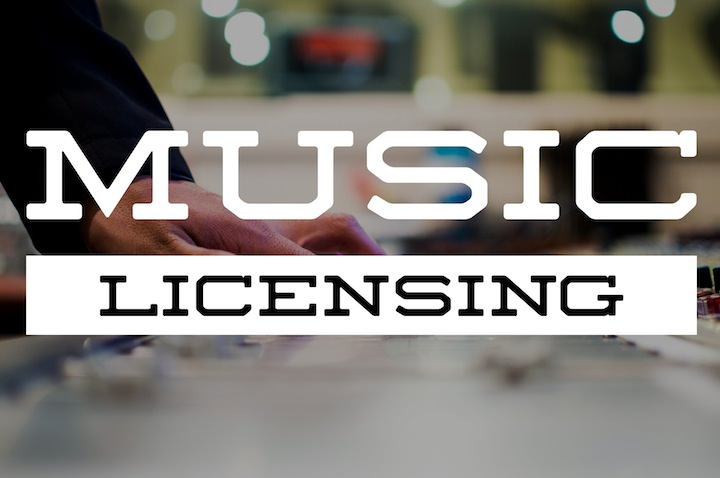Posted by adminsteele on April 25, 2020
- Have an instrumental version of your songs available.
When in the post process the audio editor has more to work with if there is an instrumental version of the song. Sometimes having an instrumental under the dialog of a scene makes it easier to hear the dialog. Giving the audio editor this option makes it easier for him/her.
- Get your songs professional mixed and mastered
With budgets shrinking across most platforms where music is licensed more and more indie music is being used. It’s important for the sonic quality to be close to what a major label’s record sounds like. Many indie songs might fit great for a cue but if the quality of the song isn’t where it needs to be they will run with a song from someone else instead. Have your song professional mixed and mastered might be the difference on landing a nice paying opening cue rather then it just being used as background music for just a few hundred dollars.
- Submit high-res (320kbps) mp3 files and have your 16-bit 44.1 .Wav/Aiff files ready. Also do not attach mp3’s in email but send a streaming links to your music. Private links through Disco, Soundcloud, Box, Dropbox as well as public links to Spotify are still acceptable.
- Have lyrics sheets available Submit them with your songs and include the lyrics in the metadata.
- Stay away from samples: If your song contains a sample it has a slim chance of it being placed.
- Be sure to register as a writer and publisher with a PRO (ASCAP, BMI & SESAC) so you can collect the performance royalties if your song is placed. It will take at least 6-months to a year for these to start rolling in.
- Metatag/ID3 tag your songswith genre, lyrics, BPM, emotion as well as writers/composers full names and PRO, publishing companies, contact info & album cover. This is extremely important and when a music supervisor is digging through their catalog including your music it will be simply overlooked if it’s not tagged correctly. You can tag the music in iTunes. Just create a playlist add the songs you want to tag and right click the song and select “Song Info”
- Have a clean version for your song available If your music contains explicit material
- Have Cover Songs recorded professionally. This can be a great way to get a music supervisors attention. You want to make the song your own by changing the tempo and feel from the original. Upload the cover to youtube and tag it well so if a supervisor comes looking they will find it. Also don’t forget to but your contact info in the description.
- Do your research! If you are submitting for a film, watch other films the music supervisor and director worked on. Same thing goes for television shows, watch previous seasons or episodes. Tunefind.com can be a great way to find out quickly the kind of music used on projects.

